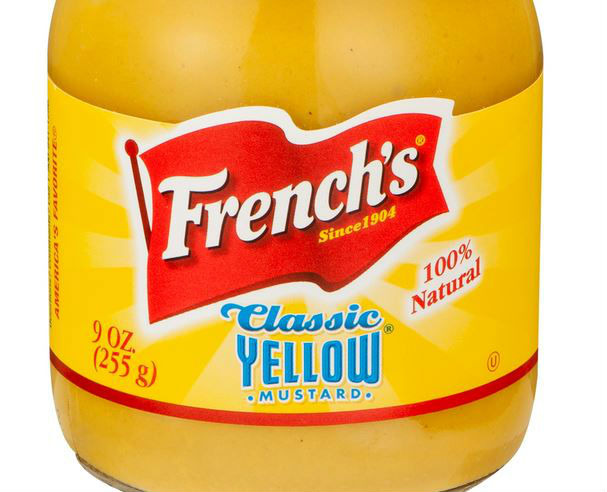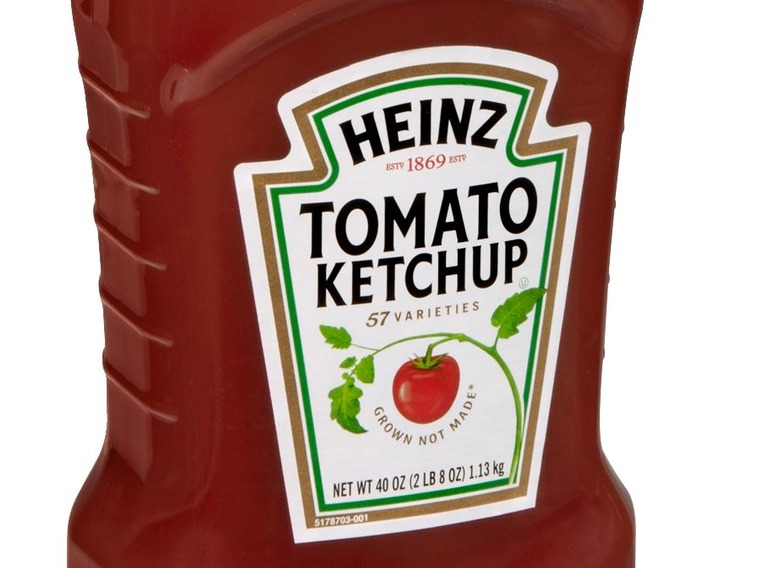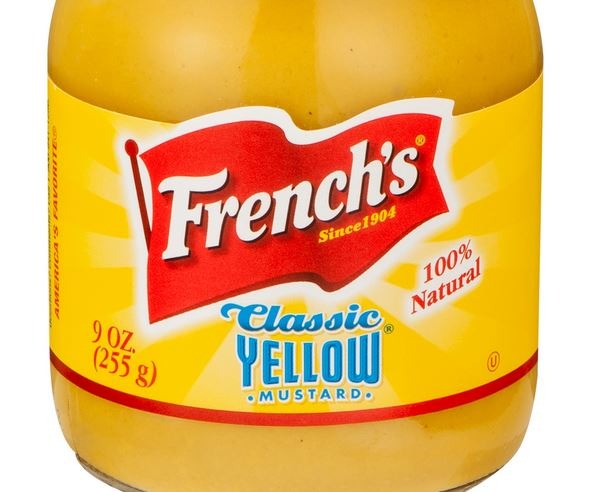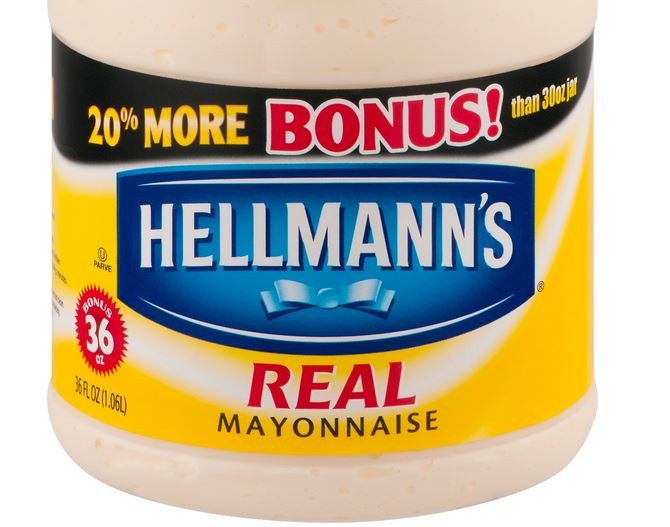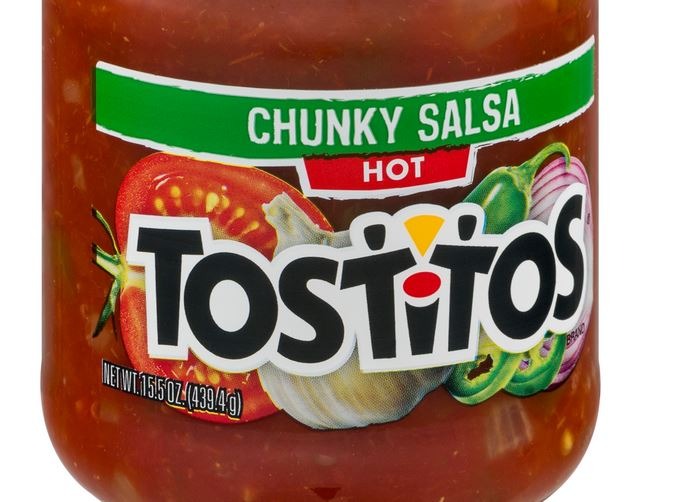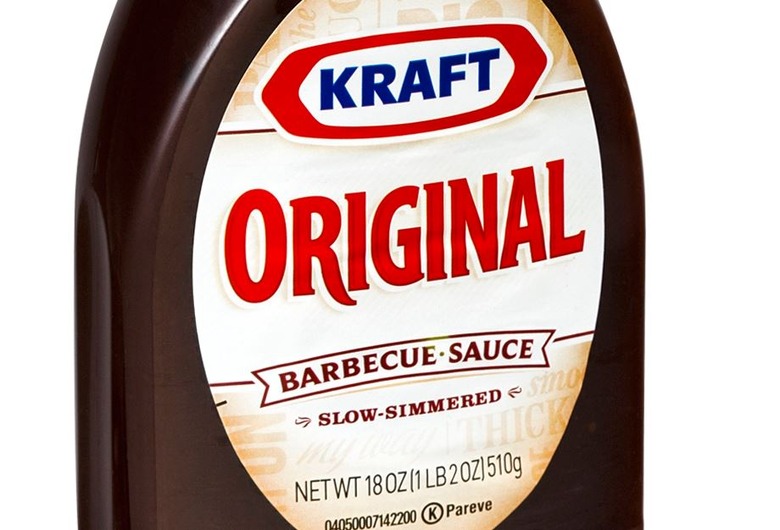The Bizarre Origins Of The 5 Most Popular Condiments
When was the last time you gave any thought to a condiment? How often do you look at a bottle of ketchup and wonder how it came to be so popular? Not very often, most likely, but the fact of the matter is that these sauces are eaten all over the world, and many of them have global influences.
Ketchup
Ketchup traces its history to a seventeenth-century Chinese sauce made of pickled fish and spices called kê-chiap. It was discovered by English explorers, who brought it back to England, where they made it less fishy and added more mushrooms and shallots. Tomatoes didn't make their first appearance in ketchup until the early 1800s.
Mustard
Mustard as a condiment dates back to ancient Roman times. The Romans mixed unfermented grape juice (called "must") with ground mustard seeds, and the resulting product was termed mustum ardens, or "burning must." The term was eventually shortened to just mustard. The recipe was exported to France, and by the 1200s the city of Dijon became the French capital of mustard (in 1336, 70 gallons of mustard was eaten at one gala there). In 1777, mustard maker Maurice Grey went into business with his financial backer Auguste Poupon and created a legend. Before this time, most mustard got its start as "mustard balls," which were made by rolling wet ground mustard seeds with flour and cinnamon, then letting them dry and mixing them with vinegar or white wine as needed.
Mayonnaise
Mayonnaise is first mentioned in the early 1800s, but the sauce these sources refer to is more of an aspic or jelly. The first mention of the emulsion we know today comes from an 1820 work by chef Alexandre Viard. The actual origin of the cold sauce remains a mystery, but it was popular among the French upper classes before it became a condiment of the people.
Salsa
Salsa is simply the Spanish translation of the word "sauce," which in turn derives from the Latin word for "salty." There are hundreds of varieties of salsa in Latin American countries, but the one we find in jars in the supermarket is a cooked version of pico de gallo or salsa cruda, which is simply diced tomatoes, peppers, and other vegetables. Fresh diced vegetables can't be jarred as-is, however, so they're cooked (and vinegar is usually added) to stabilize the mixture. Supermarket salsa is nothing like what you'll actually find in Mexico, but that's a big part of the reason why it's so popular.
Barbecue Sauce
New Orleans-style barbecue shrimp, with its butter-based, spicy sauce, predates the bottled stuff you find in the supermarket, and Heinz didn't release a barbecue sauce until 1940, making it a relative newcomer. The most common barbecue sauce in America is the thick, sweet style popularized in Kansas City, which in turn was inspired by "Lexington dip" sauce popularized in western North Carolina.
